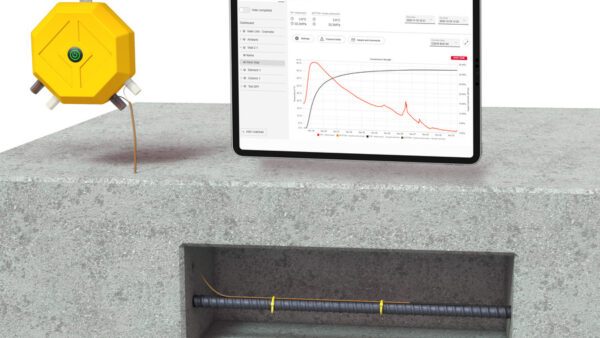The prospect of a Europe-wide hyperloop transport system inched closer this month when two powerful standards agencies agreed to set up a joint technical committee to develop common approaches to hyperloop system components, including vehicle systems, tube infrastructure and communications protocols.
Urged on by a consortium of hyperloop companies from the Netherlands, Spain, Poland and Canada, the European Committee for Standardisation (CEN) and the European Committee for Electrotechnical Standardisation (CENELEC) agreed to the new committee, called JTC 20, on 5 February.
Its remit will be to define the methodology and framework to regulate hyperloop travel systems and ensure interoperability and safety standards throughout Europe.
First proposed in a 2013 white paper by electric car and space entrepreneur Elon Musk, hyperloop is envisaged as a super-fast travel system in which magnetically levitating pods carrying people and freight whiz along low pressure tubes faster than a jet airliner.
“With potential benefits on safety, time-saving, greenhouses gases emissions reduction, and economic value, this technology begins progressively to be on the spotlight,” CENELEC said.
It added: “As several European and International industries are investing in hyperloop systems with the interest of both private and public actors, European standardisation is crucial to achieve a coherent roll-out of this new tool of mobility.”
The consortium pushing for the move comprises Hardt Hyperloop from the Netherlands, Hyper Poland, TransPod from Canada, which has offices in Italy and France, and Zeleros Hyperloop from Spain.
In a joint press release celebrating the founding of JTC 20, the group said: “As the hyperloop industry continues to grow with increased interest and more players entering the market, the consortium expects there will eventually be many disparate approaches to standards and operational principles.Â
“The potential impact this may have on interoperability of infrastructure, rolling stock, signalling, and other subsystems is substantial – it will become difficult and costly to transport passengers and freight from one country to another, due to dependency on the particular and unique hyperloop system adopted in each location. By developing common standards, specifications, and approaches, JTC 20 will help to mitigate potential challenges to implementation across the continent.”
CENELEC said that because hyperloop combines different transport technologies, JTC 20 will mine experience from rail, space and pressure-equipment standardisation it and CEN are already working on.
The new committee envisages a European-wide system (Image courtesy of Zeleros)
Further reading:
Comments
Comments are closed.











An international standard tube size is essential. Also rolling stock should be compatible with the electric infrastructure.
All mobile equipment must be able to travel through all the systems without any problems.